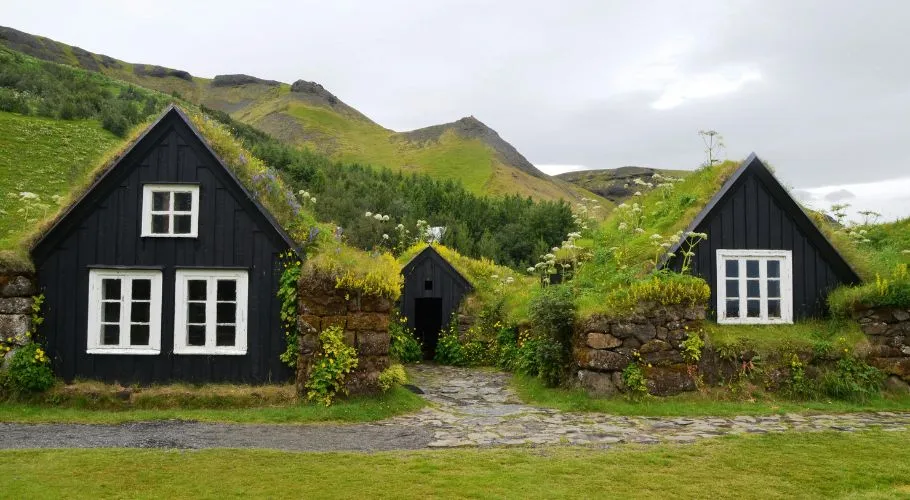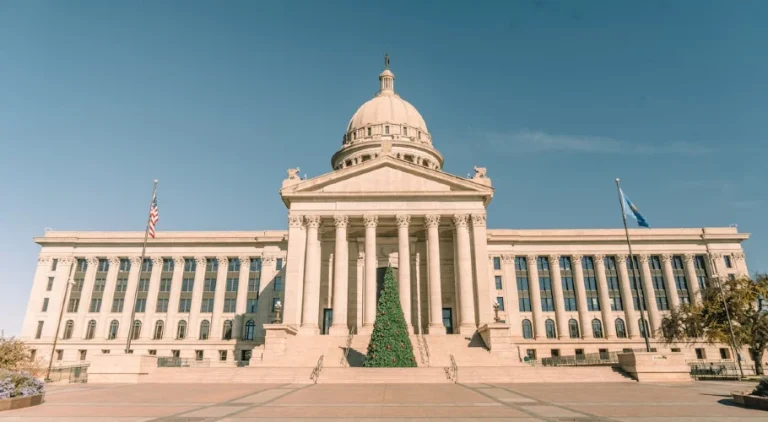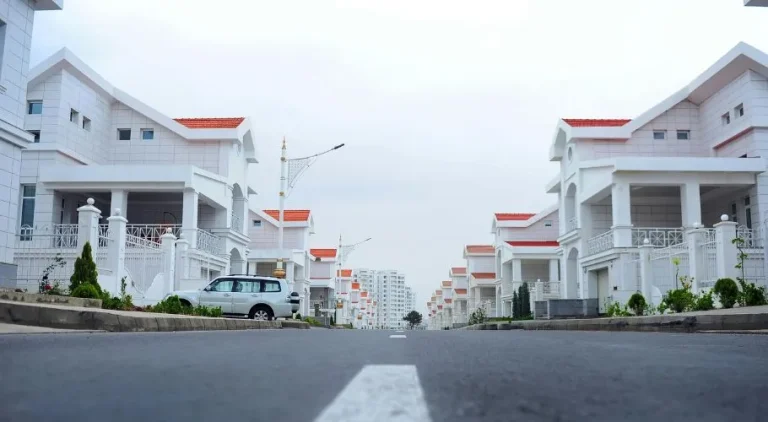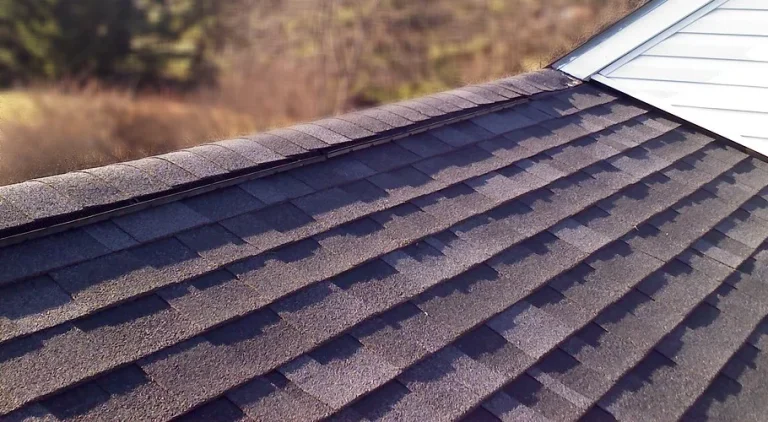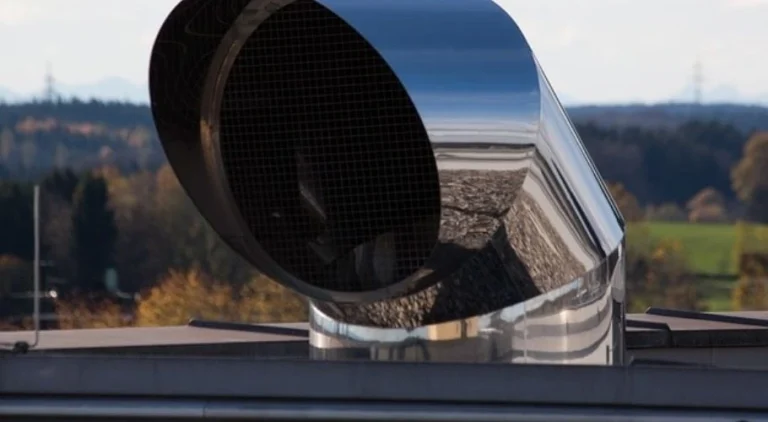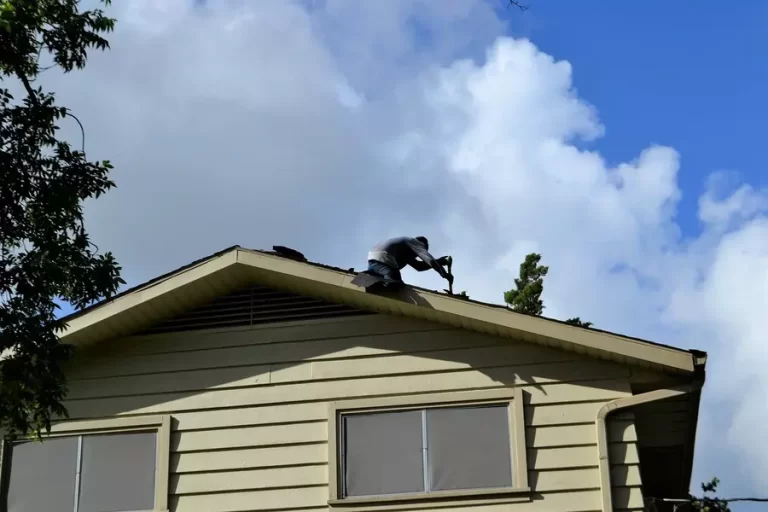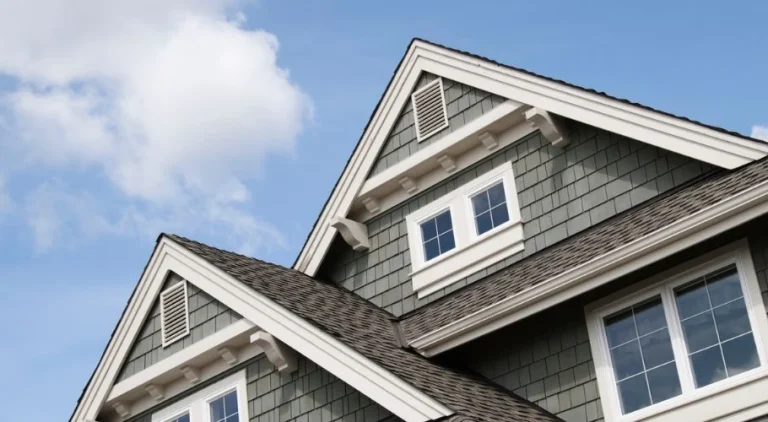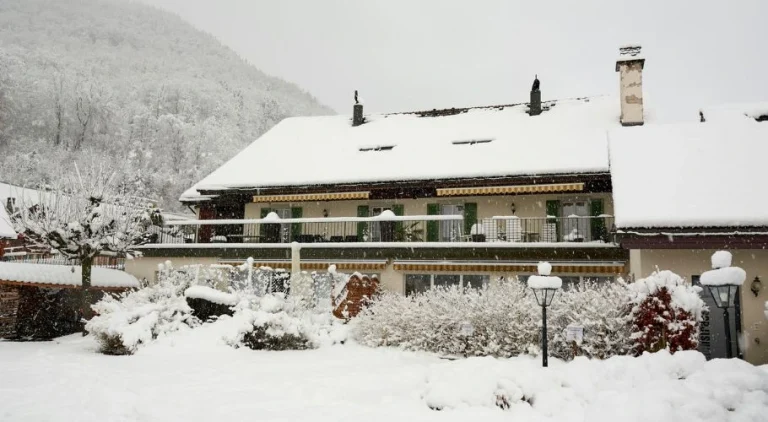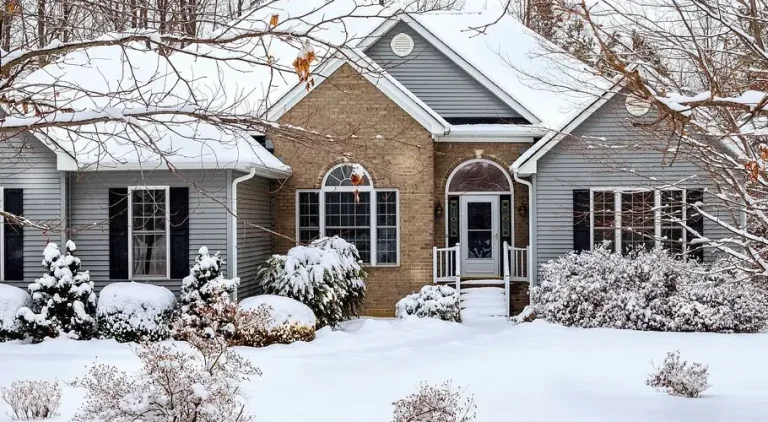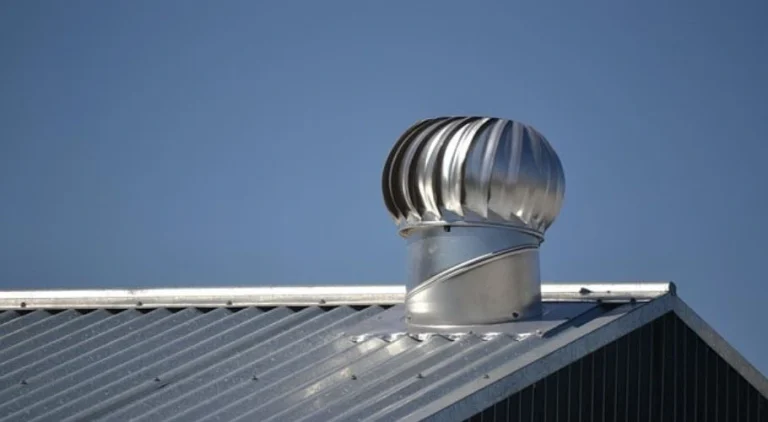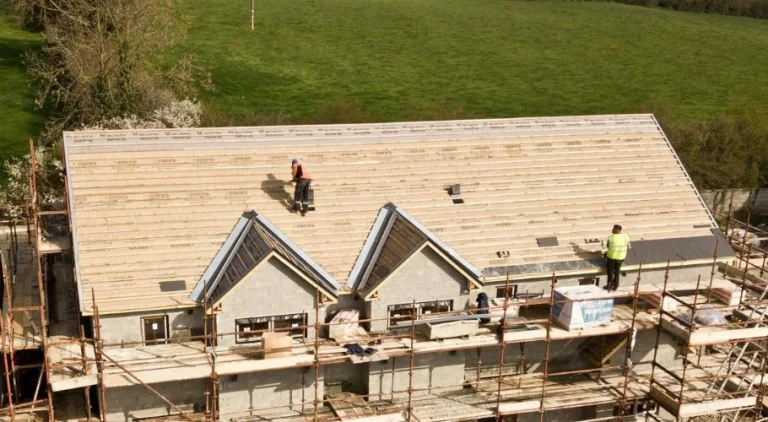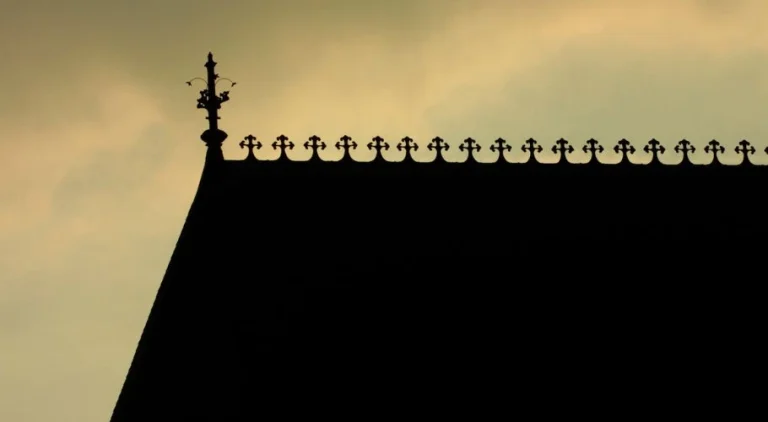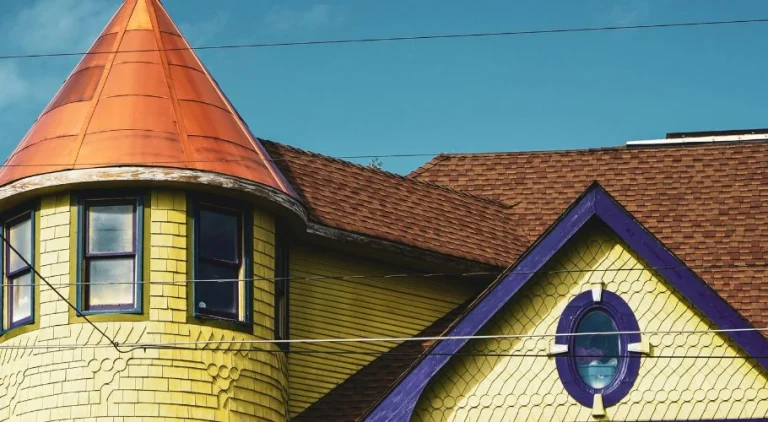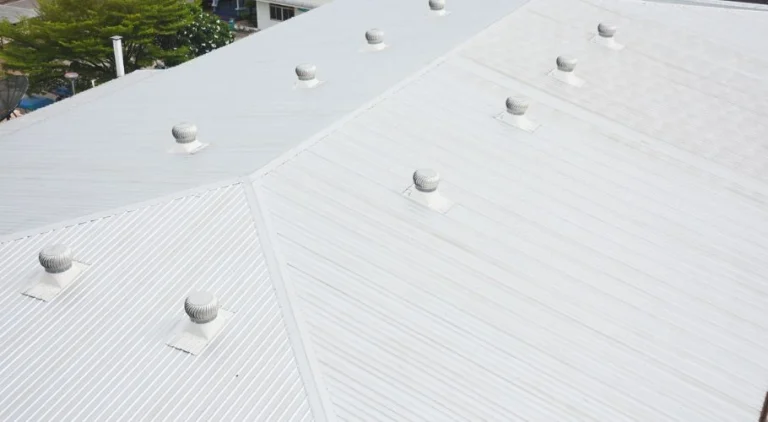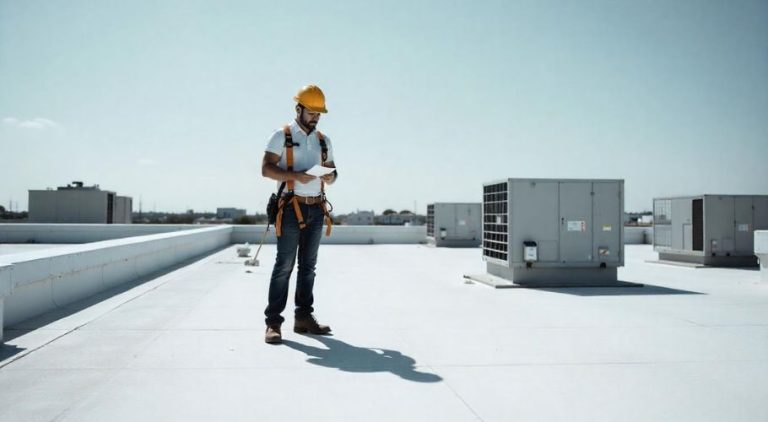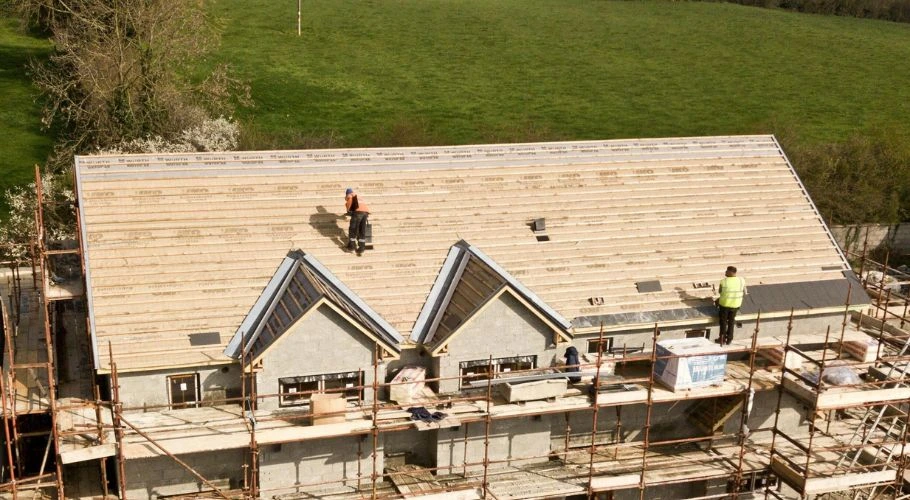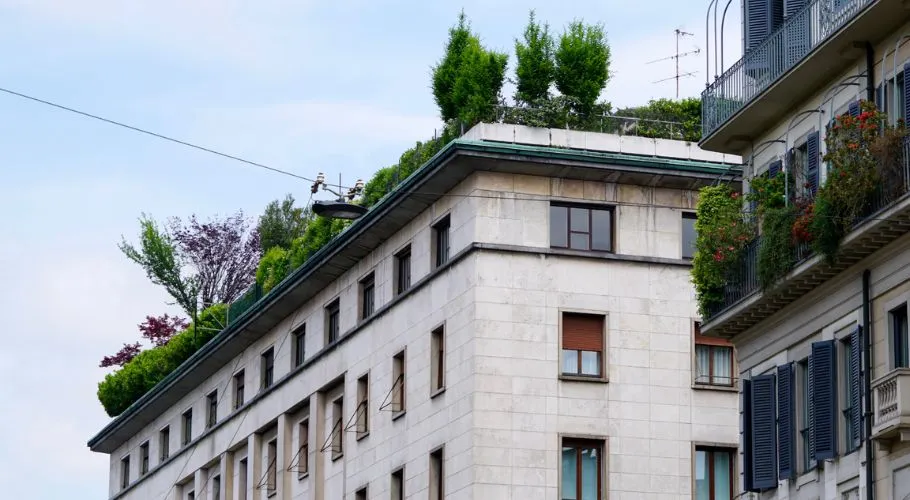
The Top 5 Benefits of a Green Roof Installation
Green roofs are more than just a new trend; they’re a sustainable revolution in residential roofing. Envisioning your rooftop as a thriving garden rather than a barren expanse is the essence of this concept. These eco-friendly havens offer a myriad of benefits, from purifying the air we breathe to significantly reducing energy consumption.
At its core, a green roof is a carefully constructed system featuring a waterproof membrane topped with a layer of vegetation. It’s a living, breathing ecosystem that not only boosts your property’s aesthetic appeal but also plays a crucial role in environmental preservation.
Curious to explore how a green roof can significantly improve your home while benefiting the planet? Let’s explore the fascinating world of residential green roofing.
Environmental Benefits of Green Roofs
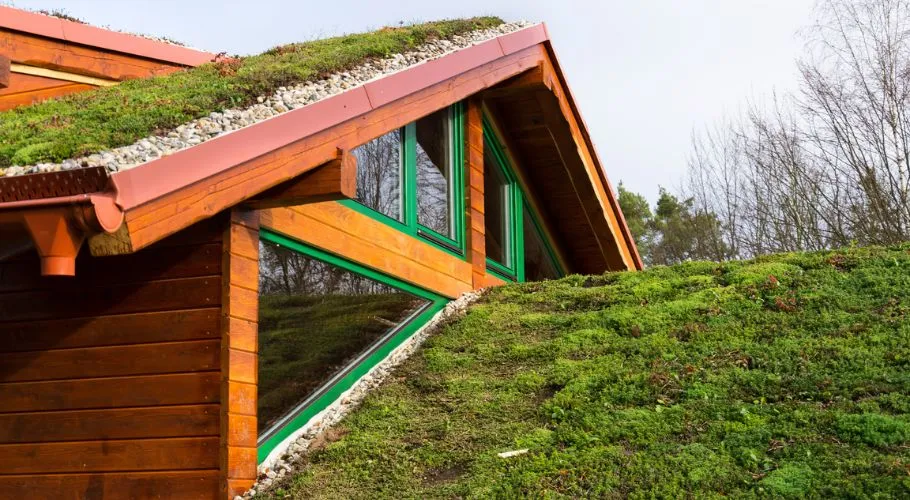
Improved Air Quality
A key benefit of a green roof is its ability to improve air quality by filtering pollutants and carbon dioxide from the air. Green roofs can reduce air pollution and greenhouse gas emissions, which are crucial in urban environments. The vegetation absorbs carbon dioxide and releases oxygen, mitigating the effects of pollution and greenhouse gas emissions.
Urban Heat Island Effect
The urban heat island effect, where urban areas experience higher temperatures than rural ones due to the concentration of buildings and heat-absorbing surfaces, is a significant concern. Green roofs serve as effective heat island mitigation strategies. They provide a cooling layer of vegetation that absorbs less heat than conventional roofs, reducing the overall temperature of urban environments and the surrounding air. This cooling effect helps mitigate urban heat islands and reduces the need for air conditioning.
Stormwater Management
Green roofs are highly effective in stormwater management and water quality improvement. The vegetation and growing medium absorb rainwater, reducing stormwater runoff and preventing flooding. This process also filters pollutants from the rainwater, improving water quality before it reaches the ground. By using green roofs, cities can alleviate the burden on municipal stormwater systems.
Biodiversity
Green roofs create natural habitats for various plant and animal species, contributing to increased biodiversity in urban areas. Incorporating native plants into green roof designs supports local wildlife, providing essential resources for birds, insects, and small mammals. Green roofs can serve as stepping stones for migrating birds and help sustain pollinators like bees and butterflies.
Economic Benefits
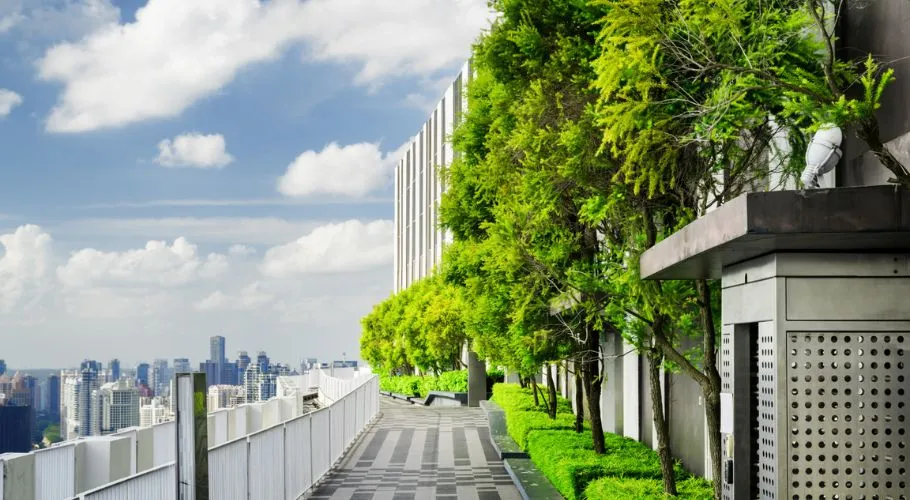
Energy Efficiency
Green roofs offer significant economic benefits, particularly in terms of energy efficiency. They act as an insulating layer, reducing heat transfer between the building and the outside environment. This insulation helps keep buildings cooler in the summer and warmer in the winter, leading to energy savings and reduced energy costs. Compared to conventional roofs, green roofs provide better thermal regulation, which translates to lower energy bills.
Extended Roof Lifespan
Another benefit of green roofs is the extended lifespan of the underlying roof membrane. Green roofs protect the roof’s surface from ultraviolet (UV) radiation and extreme weather conditions, reducing wear and tear. This protection minimizes the need for frequent repairs and replacements, resulting in long-term cost savings.
Increased Property Value
The aesthetic appeal and functional benefits of green roofs can increase property values. Green roofs increase the visual appeal of buildings, making them more attractive to potential buyers or tenants. The environmental and energy-saving benefits of green roofs can be a selling point, contributing to higher property values and a stronger market position.
Social and Health Benefits
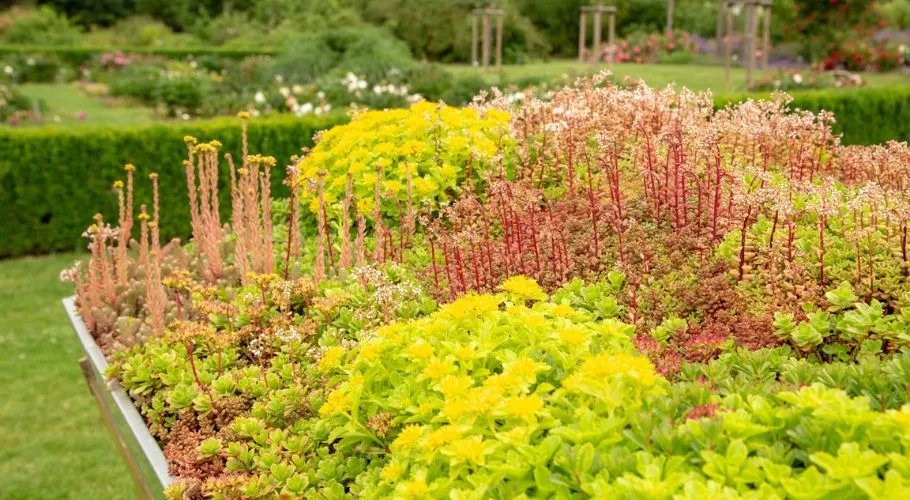
Aesthetic and Recreational Spaces
Green roofs turn unused roof spaces into lovely, useful areas that both residents and employees can enjoy. These green spaces provide opportunities for relaxation, recreation, and social interaction, improving the overall quality of life. In urban areas with limited green space, green roofs offer a valuable amenity that can improve well-being.
Noise Reduction
The vegetation and growing medium on green roofs provide natural sound insulation, reducing noise pollution in urban environments. This noise reduction creates a quieter and more peaceful indoor environment, benefiting residents and workers. For buildings near busy roads, airports, or industrial areas, green roofs can significantly improve acoustic comfort.
Mental Health and Well-being
Access to green spaces positively impacts mental health and well-being. Green roofs provide a connection to nature, offering a serene and calming environment that reduces stress and improves mood. For urban dwellers with limited access to natural landscapes, green roofs offer a vital connection to the outdoors.
Local Benefits Specific to Oklahoma
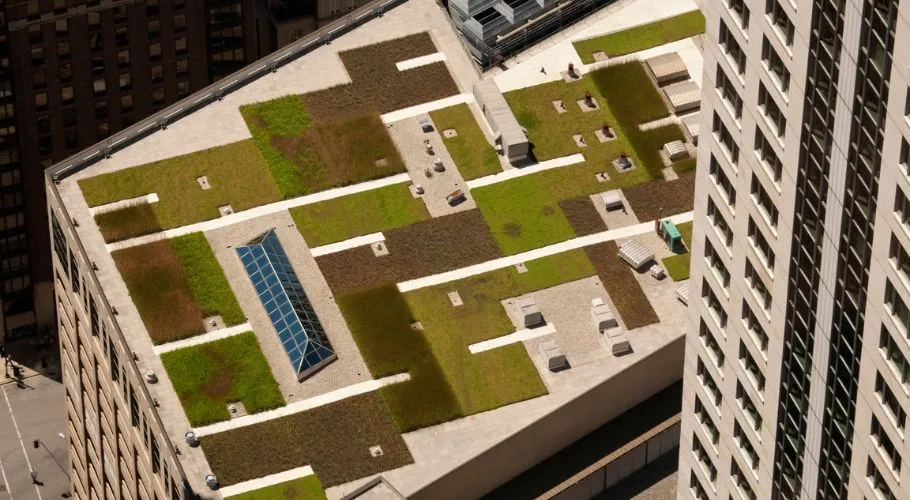
Adaptation to Local Climate
Green roofs can be tailored to suit Oklahoma’s specific climate conditions. By selecting drought-resistant and native plants, green roofs can thrive with minimal maintenance. This adaptability guarantees that green roofs remain sustainable and effective, providing long-term benefits to homeowners and businesses in Oklahoma.
Supporting Local Wildlife
Incorporating native plants into green roof designs supports local wildlife, including birds, insects, and small mammals. These green spaces provide essential habitats and food sources, promoting biodiversity and contributing to the health of local ecosystems. For Oklahoma communities, green roofs offer an opportunity to support native species and create a more balanced environment.
Types of Green Roofs
There are two main types of green roofs: extensive green roofs and intensive green roofs.
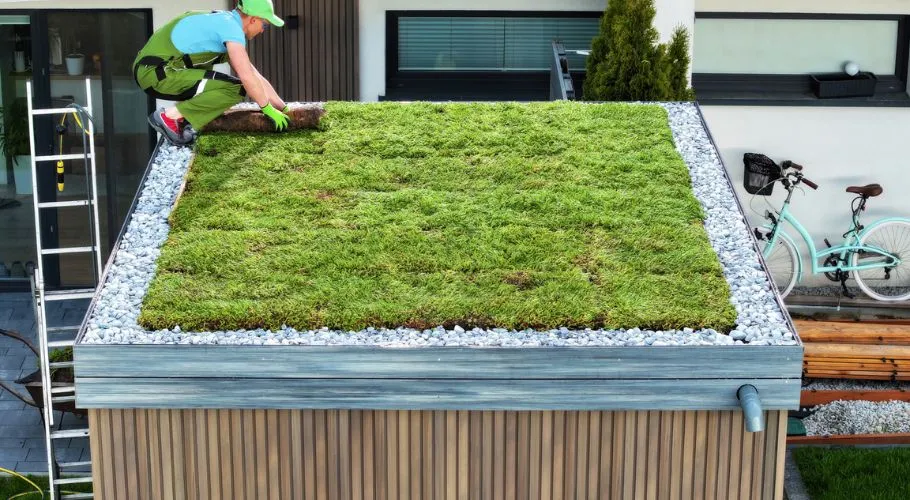
Extensive Green Roof: Lightweight and Low-Maintenance
Extensive green roofs are engineered to be lightweight and easy to maintain. These roofs feature a shallow growing medium and are typically planted with drought-resistant vegetation. They are particularly well-suited for buildings that cannot accommodate heavy loads.
The primary advantages of an extensive green roof lie in its environmental benefits. By absorbing rainwater and reducing stormwater runoff, they play a crucial role in urban water management. Additionally, extensive roofs contribute to mitigating the heat island effect by providing a cooler surface compared to conventional roofs. This cooling effect not only improves local air quality but also boosts the overall microclimate of urban areas.
Moreover, these roofs support biodiversity by providing habitat for various plant species and promoting urban green spaces. Their low-maintenance nature makes them a sustainable choice for property owners looking to improve both the ecological and aesthetic value of their buildings.
Intensive Green Roof
An intensive green roof, also referred to as a rooftop garden, features a deeper growing medium that supports a diverse range of plants, including shrubs and small trees. Unlike their extensive counterparts, intensive green roofs require robust structural support and regular maintenance due to their deeper soil requirements.
These roofs offer substantial benefits beyond environmental advantages. They create vibrant recreational spaces and serve as natural habitats, promoting biodiversity within urban settings. Intensive green roofs contribute significantly to the urban environment by providing aesthetically pleasing green spaces that residents and employees can enjoy while improving overall air quality and reducing the effects of heat islands.
Their versatility makes intensive green roofs ideal for properties seeking to maximize the ecological and social benefits of green infrastructure while creating inviting spaces for community interaction.
Common Green Roof Layers
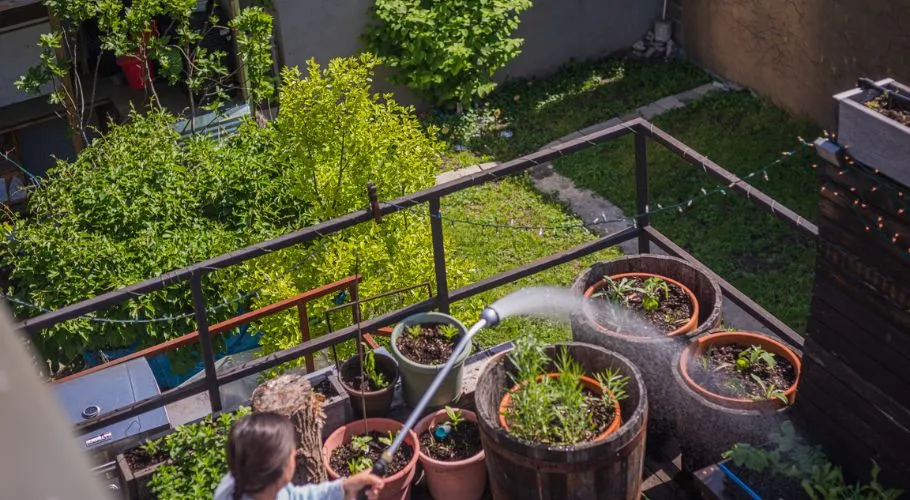
Green roofs consist of multiple layers that work together to provide their benefits. Some common green roof layers include:
Vegetation Layer: The top layer consists of plants suited to the roof’s environment.
Growing Medium: The soil or substrate in which the plants grow.
Filter Membrane: Prevents fine particles from clogging the drainage layer.
Drainage Layer: Facilitates water drainage to prevent waterlogging.
Root Barrier: Protects the underlying roof membrane from root penetration.
Thermal Insulation Layer: Increases the roof’s insulating properties.
Waterproof Membrane: Protects the building from water infiltration.
Each layer plays a crucial role in the performance of green roofs, guaranteeing effective stormwater management, thermal insulation, and plant growth.
Robbins Roofing’s Expertise in Installing Green Roofs
Experience and Qualifications
Robbins Roofing has extensive experience and qualifications in green roof installations, making them a trusted choice for homeowners and businesses in Oklahoma. Their team of skilled professionals is knowledgeable about the latest green roofing technologies and best practices, making sure high-quality installations meet each client’s unique needs.
Case Studies and Testimonials
Robbins Roofing has successfully completed numerous green roof installations, delivering exceptional results for their clients. Case studies and testimonials from satisfied customers highlight the positive impact of green roofs on their properties. These success stories demonstrate Robbins Roofing’s commitment to excellence and their ability to deliver sustainable roofing solutions that benefit both the environment and the community.
How Green Roofs Contribute to Energy Savings
Green roofs contribute to energy savings by providing an insulating layer that reduces heat transfer between the building and the outside environment. This natural insulation keeps buildings cooler in the summer and warmer in the winter, leading to significant energy savings. As a result, the reduced reliance on heating and cooling systems translates to lower energy costs.
Green roofs also help in reducing peak electricity demand by maintaining a stable indoor temperature, which lessens the strain on energy grids during extreme weather conditions. Compared to conventional roofs, green roofs provide superior thermal regulation, resulting in reduced energy expenses for building owners.
What is the cost of installing and maintaining a green roof, and what factors influence it?
The cost of installing and maintaining a green roof varies depending on several factors, including the type of green roof (extensive or intensive), the size of the roof, and the specific materials used. On average, the cost can range from $10 to $30 per square foot for extensive green roofs and can be higher for an intensive green roof due to the need for more structural support and deeper growing mediums. Maintenance costs also depend on the type of vegetation and the complexity of the green roof system.
Despite the initial investment, green roofs provide multiple benefits, including reduced energy costs, higher property value, and improved urban areas, making them a cost-effective and sustainable choice in the long term.
Cool Roofs Provide Benefits for Oklahoma Homeowners
Installing a green roof offers numerous benefits, from improving air quality and reducing the urban heat island effect to providing energy efficiency and increasing property value. Green roofs also contribute to social well-being by creating aesthetic and recreational spaces, reducing noise pollution, and supporting mental health. In Oklahoma, green roofs can be adapted to the local climate and support native wildlife, providing tailored benefits to the community. Robbins Roofing’s expertise in green roof installations guarantees that homeowners and businesses can enjoy these advantages with confidence.
Contact Robbins Roofing today to learn more about how your residential roofing choices can transform your property and contribute to a sustainable future.
